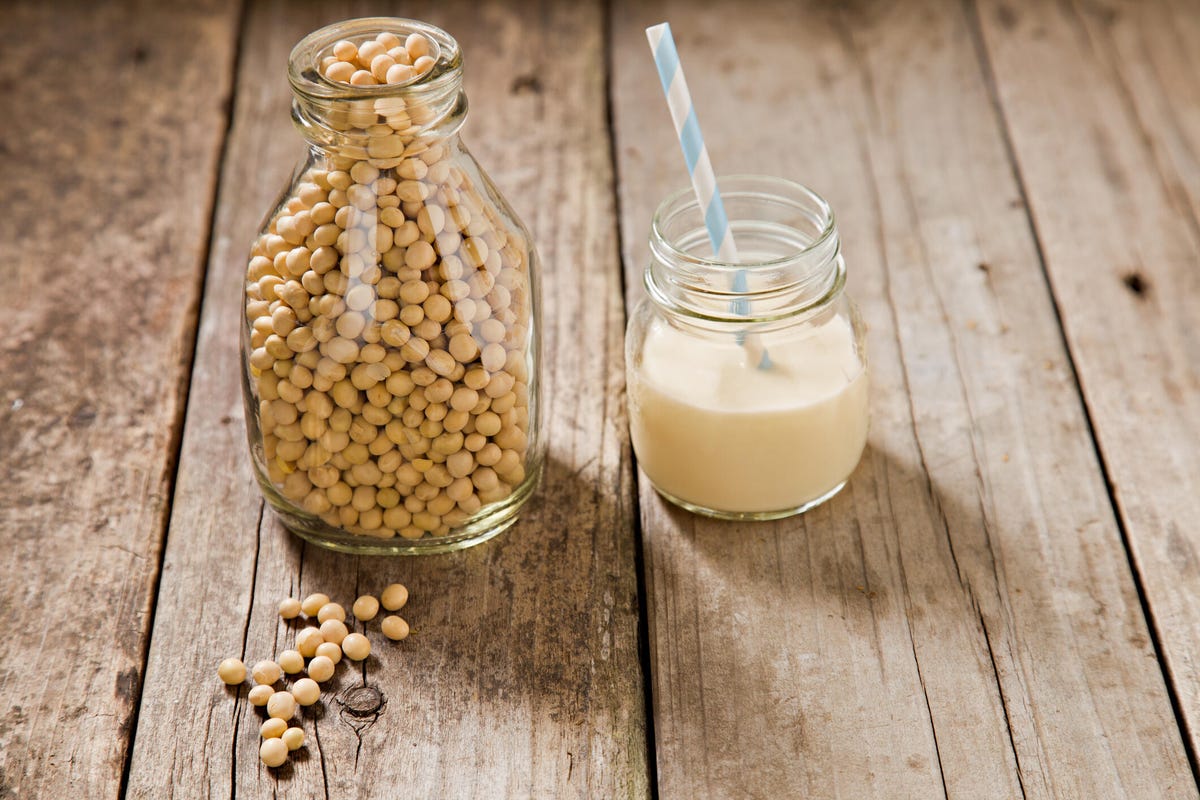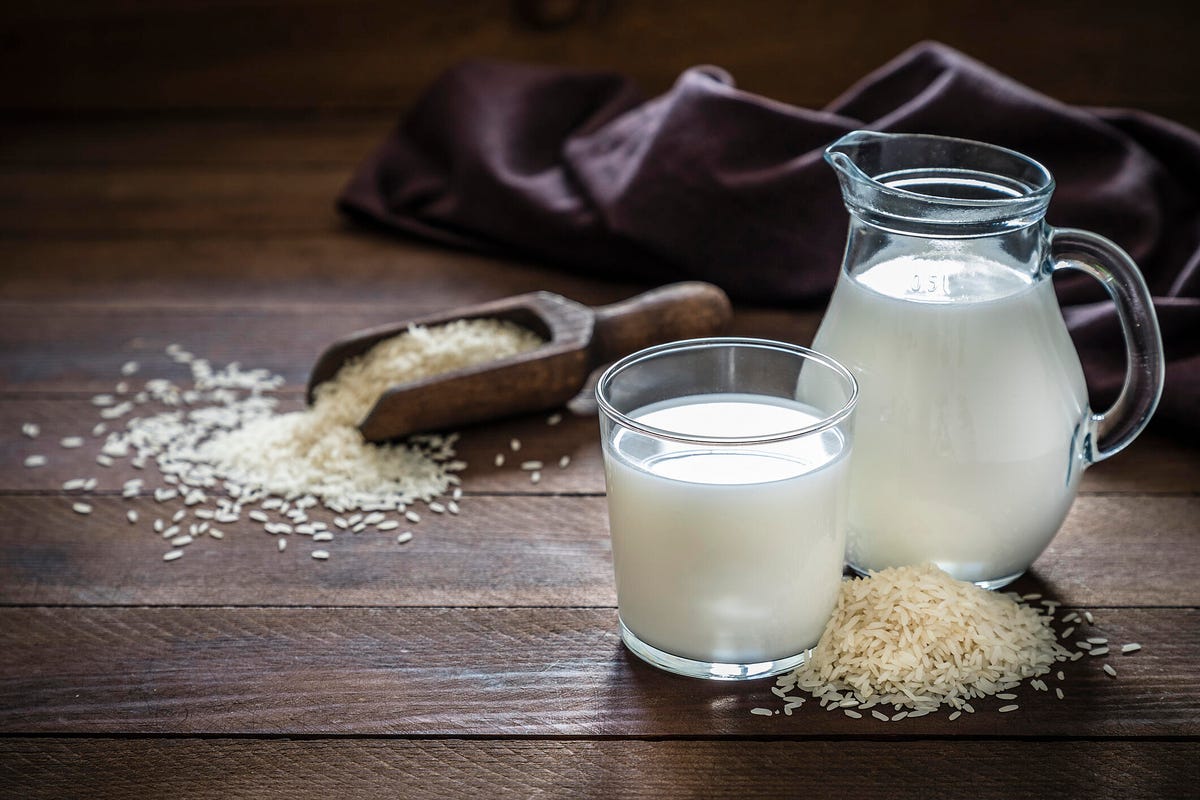Tech News
You'll Never Get Good Foam From Almond Milk. Here's What to Use Instead

Milk alternatives continue to rise in popularity, but one problem associated with some plant-based milk is difficulty making foam and getting textures right when frothing for lattes and other espresso drinks, even with the best milk frother money can buy. While options like rice milk might serve as well for a dash in the drip coffee, you'll have to look elsewhere when frothing non-dairy milk. Plant-based milk doesn't have the same protein structure found in cow's milk to stabilize bubbles made from aeration.
Frothing milk introduces both air and heat that causes proteins in the liquid to create air pockets. Fat is crucial for generating a creamier, wet texture. In the absence of fat, non-dairy milk will need additives, such as gums or lecithin, to build foam.
I've tested several styles of plant-based milk over the years as a former barista and someone who no longer agrees with dairy. Selecting the best plant-based milk for creating foam depends on the nutritional content of its protein, fat and sugar.
Spoiler alert: You're never going to get great foam from low-fat almond milk so you might as well stop trying. Below you'll find the best milk alternatives for making lattes and cappuccinos at home.
Milk alternatives often lack elements to create foam

Great foam is achievable with non-dairy milk but you'll want to pick the right type.
GaeaStarBoth dairy and plant-based milk are made primarily of water. Different kinds of plant milk are a base of water, soy, nuts, oats or a combination of plant-based ingredients. For example, nuts and oats are first ground into a flour that is then mixed with water. The low concentration of plant-based elements often results in minimal fat, protein and sugar.
Brands will use additives like gums and oils to create a mouthfeel similar to cow's milk. The gums also stabilize bubbles, but oils only mimic the viscosity of dairy without maintaining the bubbles needed for a satisfying foam. So, it's best to pay attention to the nutrition label.
You can create a latte and cappuccino with the same milk by manipulating how much air is infused in the liquid. The base milk does affect the overall foam texture. Different elements in plant-based milk are more variable than cow's milk. Temperature is also important because overheating milk will cause too much separation.
Coffee enthusiasts might disagree about the exact texture necessary for a latte versus a cappuccino versus a flat white, especially depending on the country or region. Knowing the elements to look for in non-dairy milk is more straightforward. Starting with wet versus dry foam is a simple way of deciding which alternative milk to use.
Wet foam for lattes and flat white

Soy milk is ideal for making lattes and flat whites.
Getty ImagesLattes and flat white coffees depend on a wet foam, also called "microfoam." Wet foam is steamed or aerated milk that is denser than the frothier foam of a cappuccino. The texture of a wet foam or microfoam should be more like velvet with small bubbles that are felt rather than seen. Microfoam is also the ideal structure for creating latte art. A higher concentration of fat is the key to a creamier froth.

Soy milk has more than fat than other non-dairy options and it will generate enough structure to create foam.
CNETUnsweetened soy milk is ideal for wet foam because, on average, it contains 4 grams of fat and 1 gram of sugar per 8 ounces. Sweetened soy milk or any plant-based milk with added sugar will also help create structure in the foam, but fat needs to be present. Barista-style alternative milk will also deliver a velvety microfoam thanks to thickeners and ratios designed to foam similar to cow's milk.
Oat milk also contains natural starches that will help create foam, but most commercial brands are so diluted that gums and other thickening agents are included to compensate.
Dry foam for cappuccinos and macchiatos

A cappuccino
Patrick Holland/CNETAlso called macrofoam, dry foam includes bigger bubbles and the steamed milk separates from a layer of fluffy froth. Preferences have changed over time to prefer the wetter microfoam even with cappuccinos. I, however, still enjoy the old-school froth that somehow feels decadent yet pragmatic.
The layer of airy foam can still be achieved with non-dairy options, but the choices are much more limited. The best approach is to buy barista-style milk made from oats or fatty nuts like pistachios because they contain higher percentages of fat and protein without too much extra sugar. I've found a more balanced combination tends to make more of a difference with milk alternatives, but you will need extra ingredients to achieve a thick foam.

Oatly's barista blend has extra fat and sugar for better frothing.
OatleyOatly is a popular barista-style brand with 7 grams of fat and 7 grams of sugar. Oatly Barista Edition includes additional rapeseed oil to thicken the blend and dipotassium phosphate to help the oatmilk from separating when mixed with hot liquid.
Táche Original Barista Blend is made with pistachios and contains 3.5 grams of fat and less than 1% of sugar. Táche prides itself on being made without added oils, so it includes added gum acacia and gellan gum, as well as thickening agents, to help the liquid to foam. Both offer the ability to create a rare plant-based froth that could dollop on a cappuccino or traditional macchiato.
Alternative milks to avoid when making foam

Rice milk has very little fat and thus won't develop proper foam when frothed.
Getty ImagesAny alternative lacking fat, sugar and added thickeners will deliver less-than-ideal results. Rice milk is a traditional milk alternative, but it's also known for containing next to zero grams of fat, sugar and less thickeners. Standard almond milk and coconut will also run into similar issues but are more reliable in a pinch. Most include gums or thickeners, but you're still better off using soy or barista-style options.
If you prefer to minimize additives in your non-dairy milk, keep in mind that it'll be very difficult to create a hearty foam. I also suggest avoiding the "extra creamy" styles due to the added oils. While oil does add fat, I've found too much can cause foam to fall flat rather than stabilize the fluff. (Another instance where it's worth experimenting at home to see which milk attentive works best with your milk frother.) Carrageenan is another thickener that is best to avoid since it can cause digestive issues.
When you subscribe to the blog, we will send you an e-mail when there are new updates on the site so you wouldn't miss them.



Comments